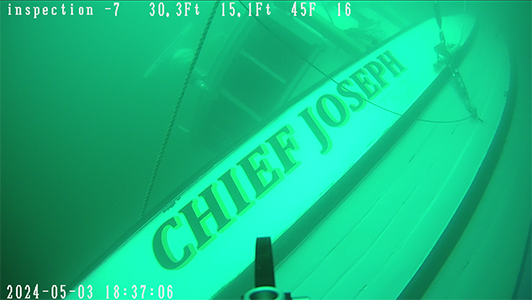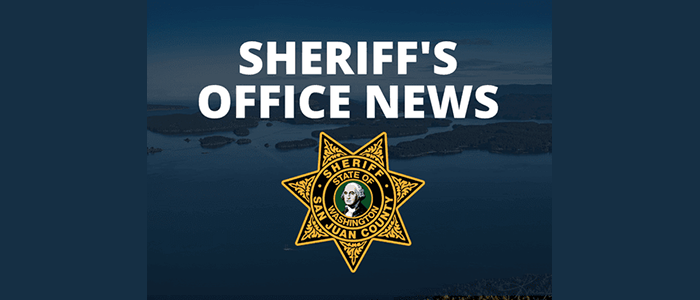USDOT awards $561.5 million to WA, OR projects through BIL, IRA
||| FROM THE OFFICE OF REP. RICK LARSEN |||
WASHINGTON, D.C. – Rep. Rick Larsen (WA-02), the lead Democrat on the Transportation & Infrastructure Committee, applauded the U.S. Department of Transportation’s announcement of $3.3 billion through the Reconnecting Communities Program and the Neighborhood Access and Equity Program, made possible by the Bipartisan Infrastructure Law and Inflation Reduction Act.
USDOT announced a total of $3.3 billion for 132 projects across the country that will reconnect communities and improve accessibility, including $561,524,356 for five projects in Washington state and Oregon.
“The $3.3 billion for these historic programs will help right the wrongs caused by past infrastructure decisions and improve the accessibility and safety of underserved communities in the Pacific Northwest and across the country,” said Larsen. “Thanks to the investments from the Bipartisan Infrastructure Law and the Inflation Reduction Act, communities in the Pacific Northwest and across the country will have the funding they need to improve transportation infrastructure while creating more jobs, promoting economic opportunity and better connecting people with their communities.”
Reconnecting Communities and Improving Accessibility in the Pacific Northwest
USDOT announced a total of $561,524,356 for five projects in Washington and Oregon:
Washington
- $69,830,356 for Central Puget Sound Regional Transit Authority’s Reconnecting Communities Project
- This grant funds design and construction of two key transit centers on the new Stride Bus Rapid Transit (BRT) line on I-405 South in King County, Washington.
- Funds will be used to support two key elements of this project:
- Tukwila International Boulevard Stride BRT Station, including pedestrian bridges over SR518, which currently divides surrounding communities; and
- South Renton Transit Center, a new BRT Station with transit signal prioritization, bus-only lanes, and bicycle and pedestrian amenities, creating a multimodal hub in the center of a vibrant community, with a two-acre Transit Oriented Development site.
- $2,000,000 for the City of Seattle’s I-5 Lid Project
- The I-5 lid project is a city sponsored, community-developed initiative in the Center City neighborhoods of Seattle, Washington, to address both the environmental harms caused by I-5 and the shortage of public land needed to support a growing population.
- The Center City neighborhoods are vibrant and diverse but need additional land for park space, location efficient affordable housing, and other potential civic and commercial uses, and I-5 presents a barrier to mobility and public health.
- $1,300,000 for the City of Tacoma’s I-5 Crossings Study
- The “Tacoma, WA I-5 Crossings Study” will identify improvements necessary for people of all ages and abilities to safely travel across I-5, along with opportunities for placemaking and to increase the tree canopy.
- Grant funds will be used to conduct robust planning, engagement, and conceptual design processes that will provide direction and prioritized recommendations on how to increase safety, enhance mobility options, work toward environmental justice, and strengthen community connections in historically disadvantaged communities impacted by I-5, a major 6.5-mile transportation barrier that divides and bisects Tacoma.
Oregon
- $450,000,000 for the Oregon Department of Transportation’s I-5 Rose Quarter Improvement Project
- The I-5 Rose Quarter Improvement project is located in Portland, Oregon, and includes a highway cover and a pedestrian and bicycle only bridge that reconnects a divided and historically Black community.
- The project also adds highway auxiliary lanes and shoulder modifications to improve safety.
- $38,394,000 for the City of Portland’s Broadway Main Street and Supporting Connections Project
- The Broadway Main Street and Supporting Connections Project will redesign N/NE Broadway and Weidler Streets that make up a wide, high-volume couplet that serves as the primary connection across I-5 in inner North/Northeast Portland.
- Through safety and streetscape improvements, this project will support community-envisioned outcomes toward equitable development and restoration in the city’s historic Black neighborhood, Lower Albina.
- This project is compatible with the Oregon Department of Transportation I-5 Rose Quarter project highway cover and will support continued community-centered collaboration in the area.
- Last year, Larsen joined Rep. Earl Blumenauer (OR-03), members of the Albina Vision Trust and Multnomah County Commissioner Susheela Jayapal to hear about Lower Albina’s history and discuss how the Bipartisan Infrastructure Law can help reconnect displaced communities and revitalize the historically Black neighborhood.
Additional Information
- So far, the Bipartisan Infrastructure Law has invested $8.2 billion in Washington state and $4.9 billion in Oregon. Click here and here to see how the BIL is benefiting Washington and Oregon, respectively.








